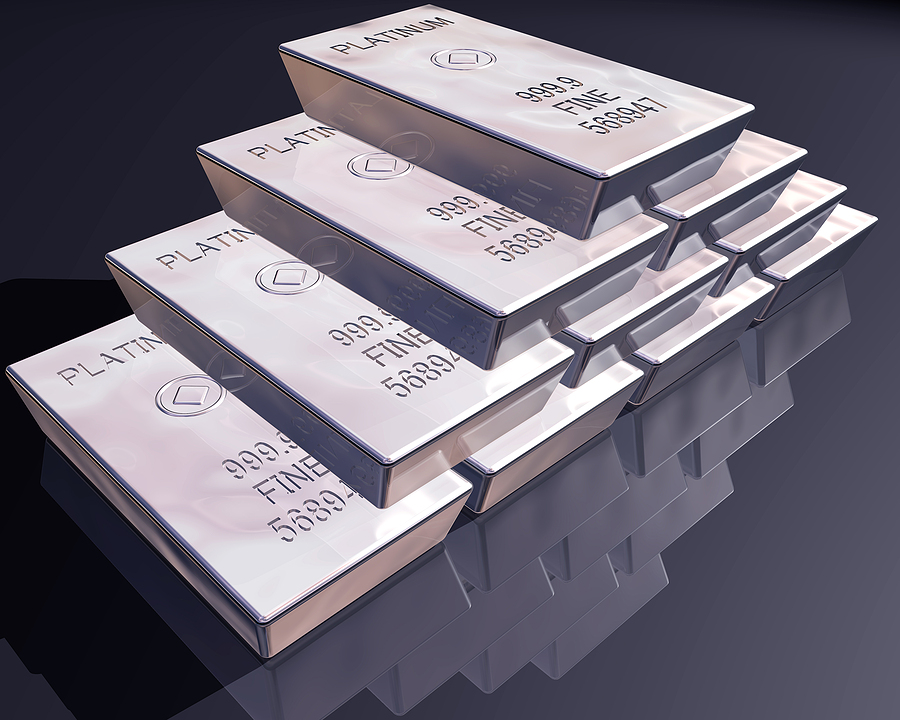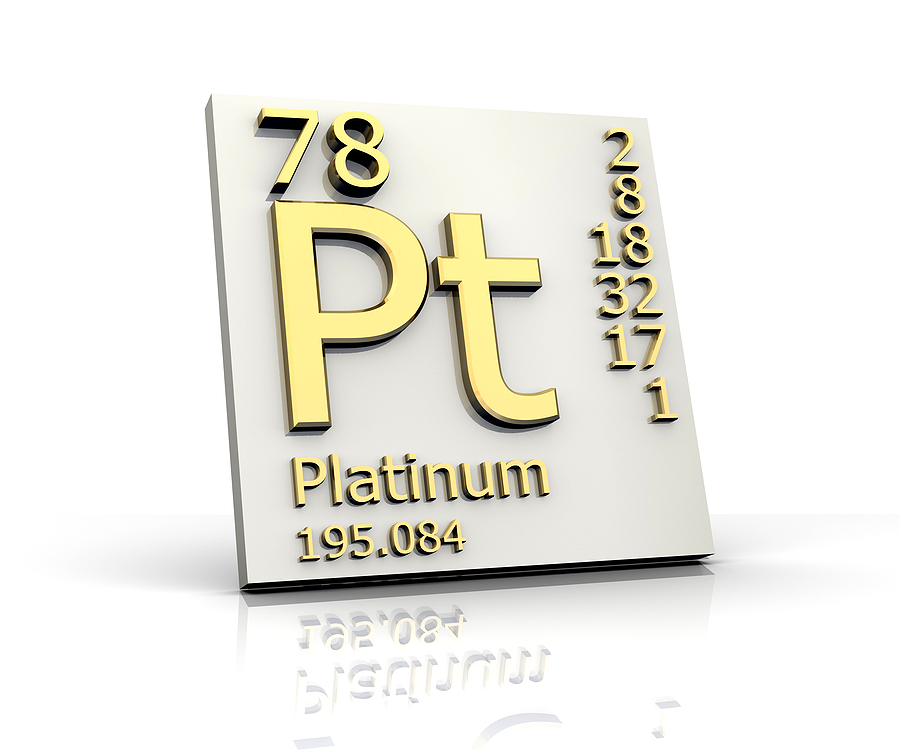Platinum gleams with a distinctive silvery-white luster that has captivated civilizations for centuries. This remarkable metal isn’t just beautiful—it’s one of the most versatile and valuable materials on Earth. From powering your car’s emissions control system to creating stunning jewelry and art, platinum plays crucial roles across multiple industries that most people never realize.
Understanding platinum’s unique properties and applications reveals why this precious metal commands such high value in today’s markets. More importantly, recognizing the economic opportunities within platinum recycling can benefit both individual consumers and businesses looking to capitalize on this valuable resource.
Whether you’re curious about platinum’s industrial applications or interested in the growing field of scrap metal recycling, this comprehensive guide will illuminate why platinum deserves recognition as one of our most important metals.

A Brief History of Platinum Discovery
Spanish conquistadors first encountered platinum in the 16th century during their South American expeditions. They initially dismissed it as “platina,” meaning “little silver,” viewing it as an inferior metal that contaminated their gold mining operations. This early misconception couldn’t have been more wrong.
Scientists later discovered that platinum possesses extraordinary properties that make it far more valuable than its initial reputation suggested. The metal’s resistance to tarnishing, exceptional durability, and unique catalytic properties gradually earned it recognition as a precious metal worthy of scientific study and commercial application.
Key Characteristics That Make Platinum Special
Scarcity
Platinum’s rarity sets it apart from other metals immediately. Approximately 30 times rarer than gold, platinum deposits exist in only a few locations worldwide, primarily in South Africa and Russia. This scarcity contributes significantly to its high market value.
High Density
The metal’s density reaches impressive levels—nearly twice as dense as silver and significantly heavier than gold. This characteristic density makes platinum ideal for applications requiring substantial weight and durability in compact forms.
Resistance to Corrosion
Corrosion resistance represents perhaps platinum’s most valuable characteristic. Unlike iron, which rusts, or copper, which develops patina, platinum maintains its appearance and structural integrity even when exposed to harsh chemicals, extreme temperatures, and oxidizing environments. This exceptional resistance makes platinum indispensable for industrial applications where other metals would quickly deteriorate.
Industrial Applications Across Multiple Sectors
Automotive Industry Leadership
The automotive industry represents platinum’s largest commercial application, primarily through catalytic converters. These emission control devices contain platinum group metals that facilitate chemical reactions converting harmful exhaust gases into less toxic substances.
Catalytic converters equipped with platinum-based catalysts can reduce nitrogen oxide emissions by up to 90% and carbon monoxide emissions by similar percentages. This remarkable emission reduction capability has made platinum essential for meeting environmental regulations worldwide.
Each catalytic converter typically contains between 3-7 grams of platinum, depending on the vehicle size and emission requirements. With millions of vehicles manufactured annually, the automotive industry’s demand for platinum remains consistently strong.
Electronics and Technology
Computer hard drives rely on platinum’s magnetic properties for data storage components. The metal’s stability ensures reliable data retention over extended periods, making it crucial for maintaining information integrity in digital storage systems.
LCD screens incorporate platinum in their manufacturing processes, particularly in the electrodes that control pixel activation. The metal’s conductivity and corrosion resistance ensure consistent display performance throughout the screen’s operational life.
Electronic waste represents a significant source of recoverable platinum. Responsibly recycling electronic devices not only prevents environmental contamination but also recovers valuable platinum that can be reprocessed for new applications.
Chemical Processing Applications
Chemical manufacturing facilities utilize platinum as a catalyst in various production processes. The metal’s ability to accelerate chemical reactions without being consumed makes it invaluable for producing pharmaceuticals, fertilizers, and industrial chemicals.
Refineries employ platinum catalysts in petroleum processing to improve fuel quality and increase production efficiency. These applications demonstrate platinum’s essential role in producing everyday products that consumers use regularly.
Contact Us to Recycle Precious Metals! ✨
Platinum in Jewelry Making
Jewelers prize platinum for its hypoallergenic properties and exceptional durability. Unlike gold, which requires alloy metals to achieve adequate strength, platinum jewelry maintains its structural integrity while remaining gentle on sensitive skin.
The metal’s natural white color never fades or requires rhodium plating like white gold jewelry. This permanence makes platinum jewelry an excellent long-term investment that maintains its appearance for generations.
High-end jewelry manufacturers often choose platinum for engagement rings and wedding bands because it securely holds precious stones while withstanding daily wear. The metal’s density provides superior protection for valuable gemstones compared to other precious metals.
Environmental Considerations and Responsible Sourcing
Sustainable platinum mining practices have become increasingly important as environmental awareness grows. Mining companies now implement stricter environmental protocols to minimize ecological impact while extracting this valuable resource.
Responsible sourcing initiatives ensure platinum comes from mines that maintain fair labor practices and environmental stewardship. These programs help consumers make informed choices about the platinum products they purchase.
The environmental benefits of platinum recycling extend beyond reducing mining demand. Recovering platinum from existing sources prevents valuable materials from entering landfills while reducing energy consumption compared to primary mining operations.
The Economics of Platinum Recycling
Scrap Catalytic Converters
Catalytic converters represent one of the most valuable sources of recycled platinum available to consumers. A single catalytic converter can contain $50-$300 worth of platinum, depending on its size and the current market price.
Automotive recycling facilities process thousands of end-of-life vehicles annually, recovering substantial amounts of platinum from their catalytic converters. This recovered platinum maintains the same quality and properties as newly mined metal, making it equally valuable for industrial applications.
Scrap auto parts beyond catalytic converters also contain recoverable platinum. Spark plugs, oxygen sensors, and other emission control components provide additional sources of this valuable metal for those who know where to look.
Electronic Device Recovery
Computer hard drives, LCD screens, and various electronic components contain platinum that can be recovered through proper recycling processes. While individual devices contain relatively small amounts, the cumulative value from multiple electronic items can be substantial.
Professional metal recyclers like Zore’s Inc. in Indianapolis specialize in recovering platinum from electronic waste using sophisticated processing techniques. These facilities can extract platinum efficiently while ensuring environmentally responsible disposal of other electronic components.
The economic incentives for platinum recycling continue growing as technology advances make recovery processes more efficient and cost-effective. Businesses that generate significant electronic waste can benefit financially while supporting environmental sustainability.
Economic Incentives for Consumers and Businesses
Individuals can participate in platinum recycling by collecting scrap catalytic converters, old electronics, and jewelry pieces that contain platinum. Metal recyclers pay competitive prices based on current market values, providing immediate financial returns for these materials.
Businesses in automotive repair, electronics refurbishment, and jewelry manufacturing can develop platinum recovery programs that generate additional revenue streams while demonstrating environmental responsibility to customers.
The key to successful platinum recycling lies in understanding which items contain valuable amounts of the metal and partnering with reputable recyclers who offer fair pricing and transparent processing procedures.
RECAP
Smart platinum recycling begins with proper identification of valuable materials. Catalytic converters, computer hard drives, and platinum jewelry represent the most accessible sources for individual consumers and small businesses.
Establishing relationships with certified metal recyclers ensures you receive fair market value for your platinum-containing materials. Reputable facilities provide transparent pricing and can verify platinum content before processing your materials.
Timing your platinum recycling activities with favorable market conditions can maximize your financial returns. Monitoring platinum prices helps you decide when to sell your accumulated materials for optimal profit.
Ready to turn your scrap platinum into profit? Our experienced team specializes in platinum recycling and offers competitive pricing for catalytic converters, electronic waste, and other platinum-containing materials. Contact us today to learn how much your scrap platinum is worth and discover the economic benefits of responsible metal recycling.
Related Post: Beyond the Shine: The Astonishing Uses of Platinum in Today’s Technology

